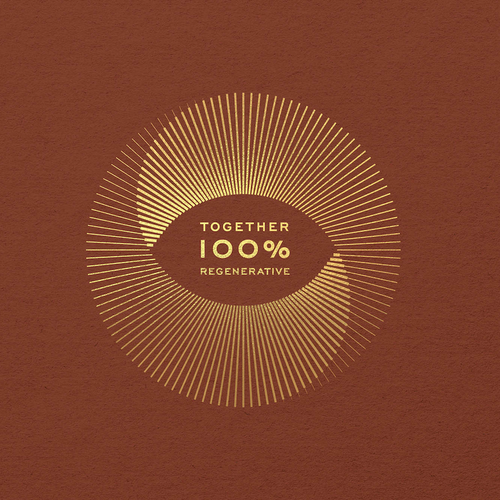Jose, Maria Suzanna and their large family live in a vivid blue, green and red house. The forest stands intact behind it. As a green wall of bird calls.
Jose and his family live in one of the indigenous communities in the Selva Zoque that Original Beans has been working with since 2014. Jose’s family is a typical grower family in this region. They work hard in the milpa and cacaotales throughout the day and they only eat what they grow, which sounds modest. But they grow up to 40 different crop and tree species in their cacaotales alone, including such delicacies as cacao, tomatillo, chili, vanilla, allspice, cinnamon, breadnut and annatto. They have perfected the same farming - and culinary - traditions for millennia.
They have freshly harvested cacao fruits. Maria Suzanna and one of her daughters roast the cacao beans lightly over the fire and grind them together with maize. As she stirs the drink with a peculiar- looking wooden tool, the Pozol - as they call this drink - becomes frothy. They make the Pozol ever morning, as the indigenous people of the Selva Zoque have done for 4000 years, since the ancient Olmecs invented it.
